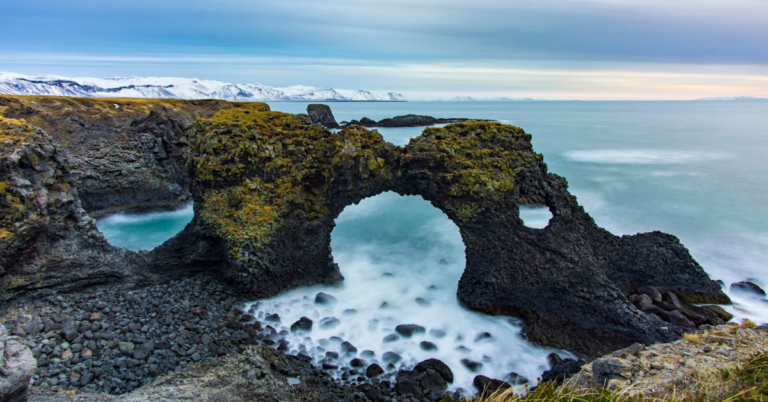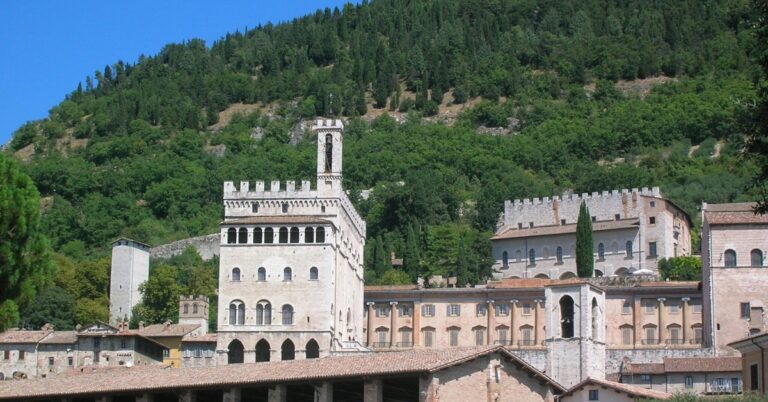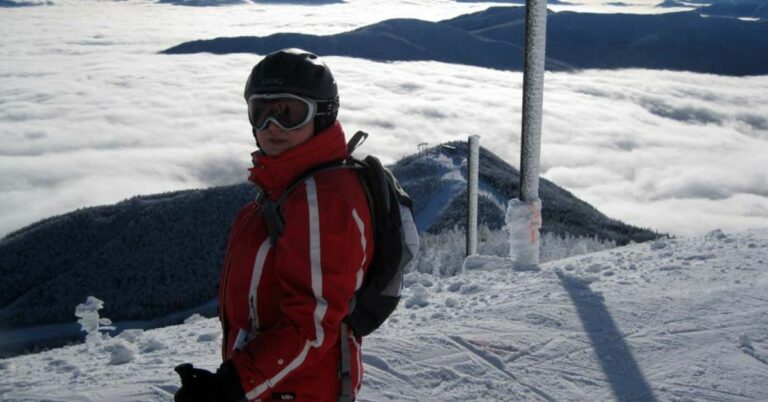15 Highlights Of Bears Ears National Monument’s Ancient Ruins
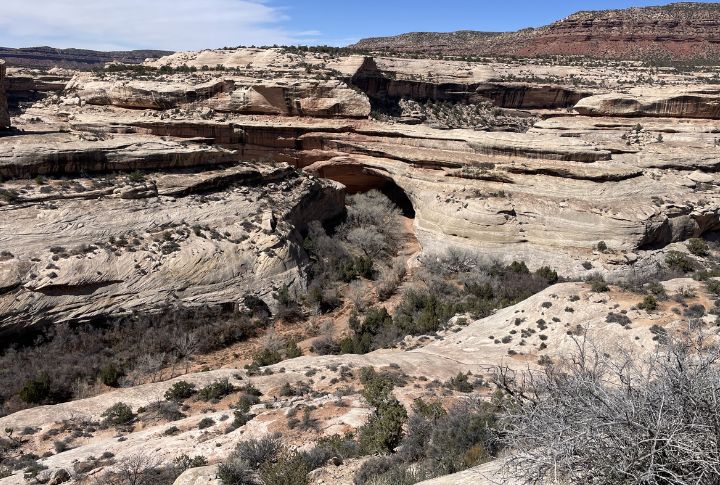
History runs deep in Bears Ears, where every path leads to a trace of the past. Ancient structures and rock art still stand in quiet defiance of time in Utah. These unforgettable sites highlight the cultural richness that continues to echo today.
The Iconic Cedar Mesa Ruins

Cedar Mesa holds more than 100,000 known archaeological sites, and among them are Puebloan cliff dwellings from 800 years ago. Ceremonial kivas still stand, offering researchers and visitors a rare view into early Native American community life.
Natural Bridges National Monument
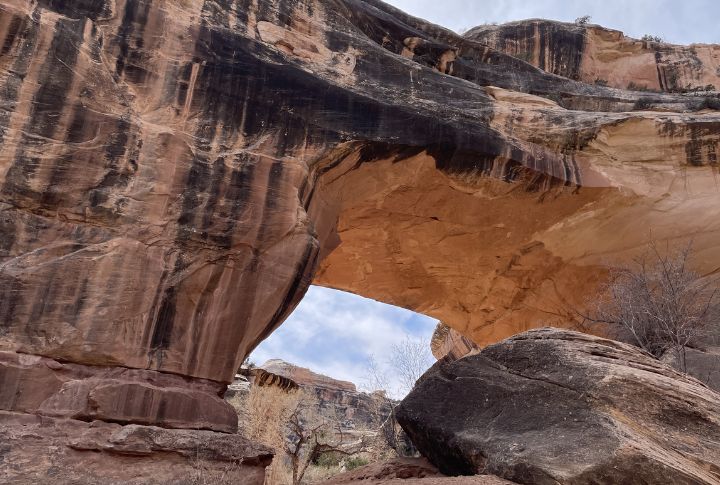
Just outside Bears Ears, Natural Bridges features three massive sandstone arches surrounded by ancient habitation sites. Sacred to Native Americans for centuries, the area shares deep cultural ties with the region. In 1908, it became Utah’s first designated national monument.
The Hidden Kivas Of Mule Canyon
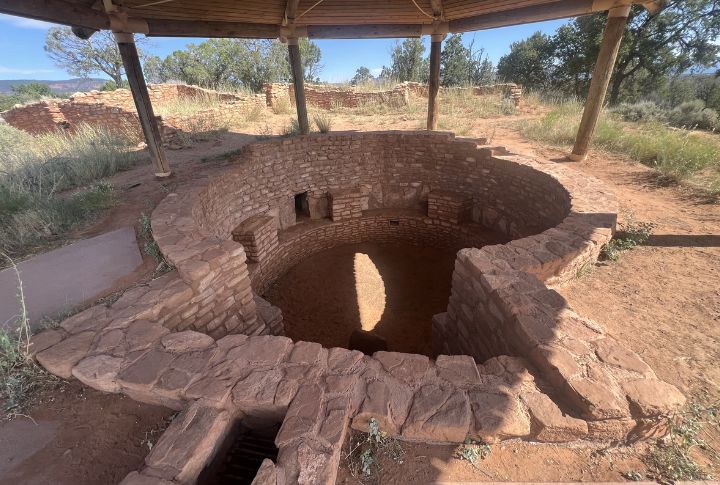
Mule Canyon shelters underground and cliffside kivas, which were once used for sacred gatherings. Their stone carvings and preserved artifacts point to a culture rooted in ceremony. Every detail reflects the beliefs of those who once met inside them.
Chacoan Influence At Bears Ears
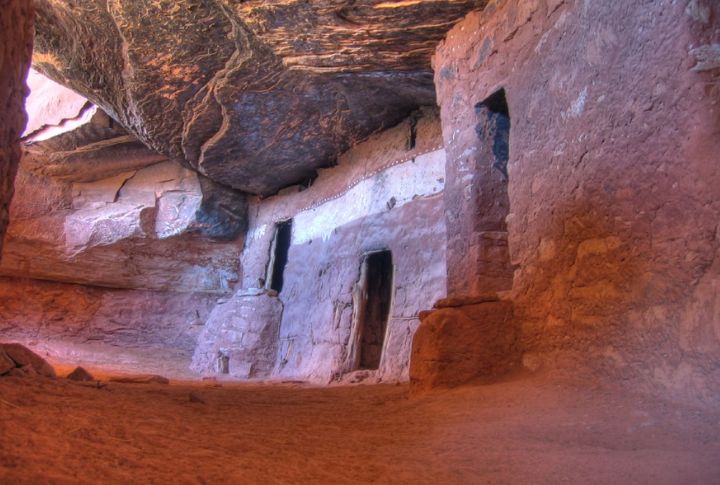
Architectural features found here align with the Chaco Canyon traditions, and they suggest strong cultural links. The presence of ancient roadways and signs of trade confirms that this region played a major role in long-distance exchange during the height of Chacoan influence.
Monument Butte Overlook
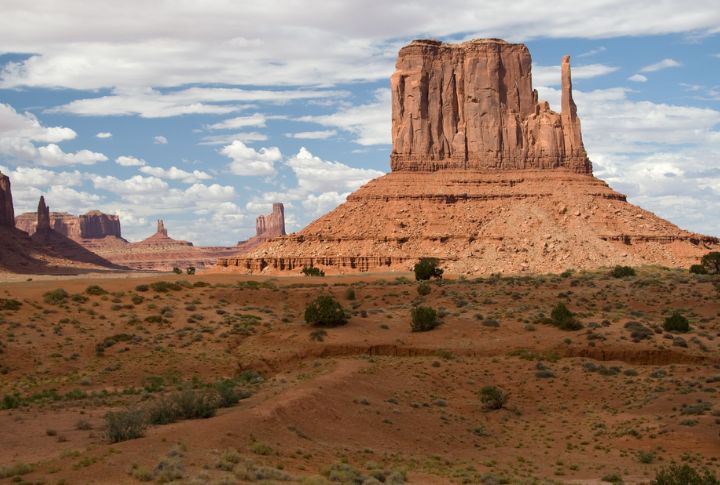
This high vantage point reveals sweeping views of mesas and ruins scattered below. Ancient peoples once used it as a strategic lookout. Today, researchers study the area to trace settlement patterns and examine how communities adapted to this rugged terrain.
Dark Canyon Wilderness Ruins
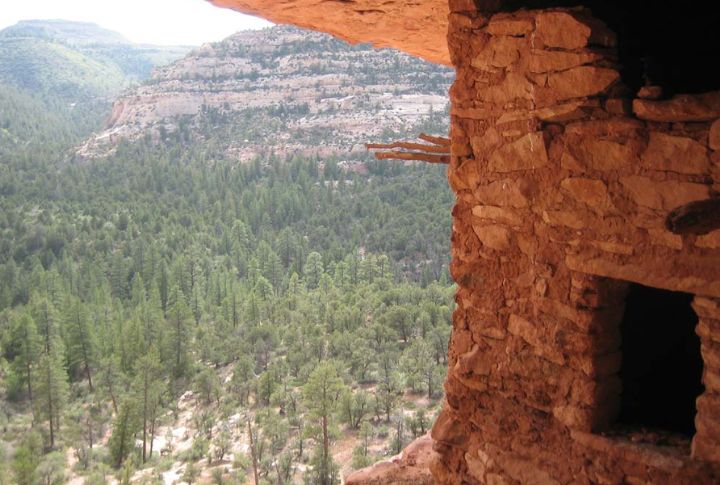
Positioned deep in a hard-to-reach canyon, these cliff dwellings include granaries that stored food during the Puebloan era. Built between AD 1200 and 1300, the structures remain well-preserved thanks to their isolation and natural protection.
The Shamanic Petroglyph Panel
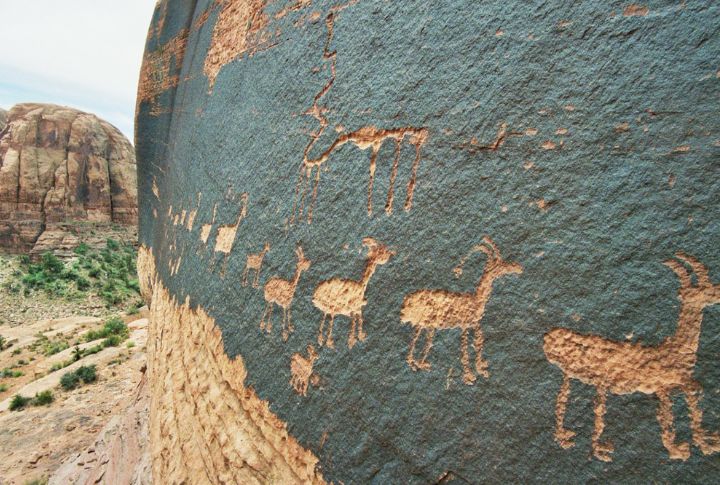
Carved figures believed to depict shamans and spiritual leaders cover this panel alongside masks and supernatural beings. These images likely relate to healing and sacred rites, offering a powerful reflection of the spiritual depth found within Bears Ears tribal traditions.
Dark Canyon Petroglyph Panels
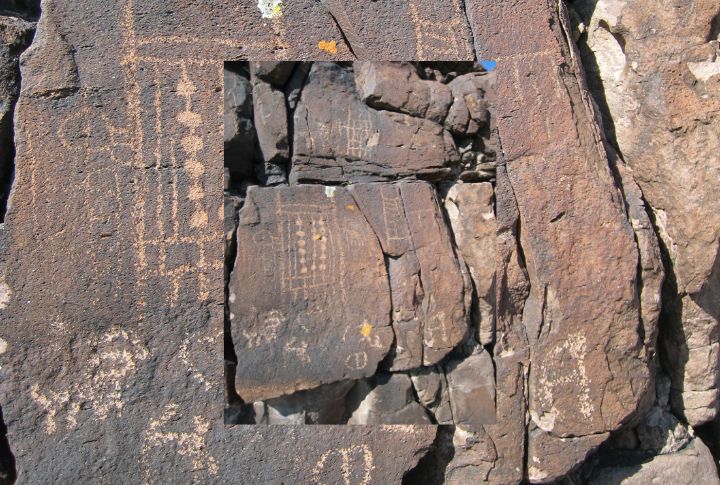
Carved across the canyon walls, ancient images show hunters, animals, and different geometric forms. Thousands of them remain clearly visible as they were protected by the canyon’s dry conditions. The art reveals early expressions of identity and belief among native communities.
Fremont Culture Artifacts
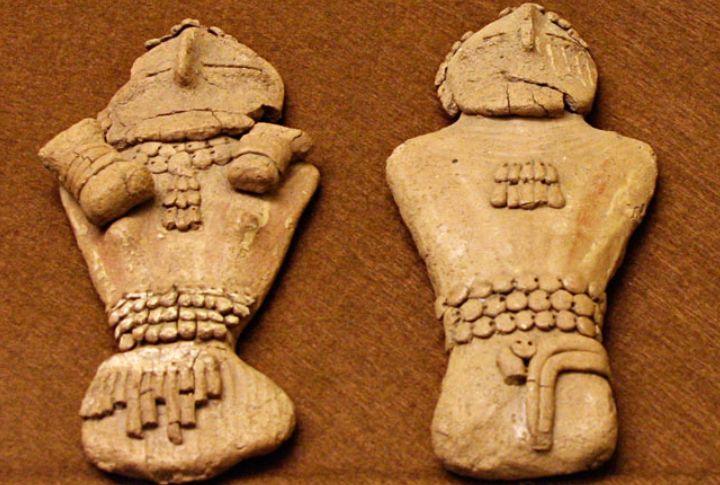
Pottery, stone tools, as well as petroglyphs in this region point to the Fremont people, who lived here more than 1,000 years ago. As contemporaries of the Ancestral Puebloans, their relics reveal how they hunted and interacted with the environment.
The Bears Ears Buttes
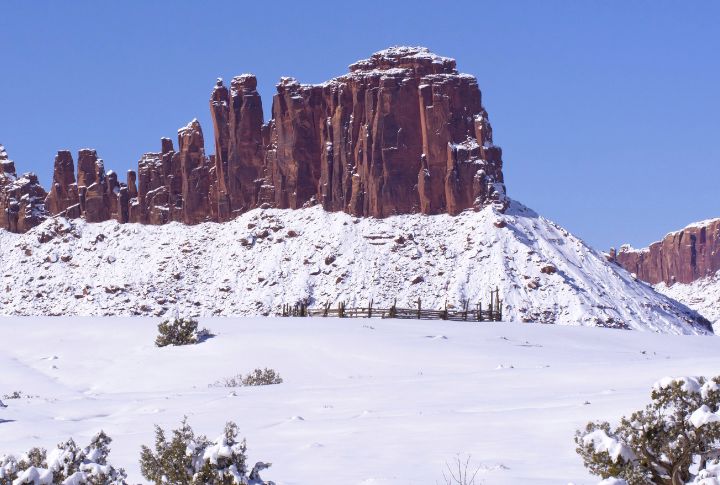
These twin buttes rise above the terrain and remain sacred to five Native American tribes. Surrounding them are archaeological sites that link generations. The buttes represent a powerful symbol of shared spiritual and cultural identity that continues to hold meaning.
Comb Ridge Cliff Dwellings
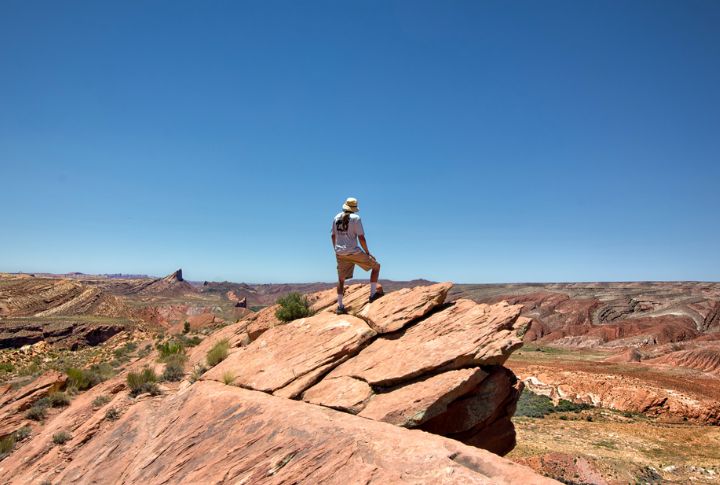
This long sandstone formation hides ancient Puebloan dwellings positioned in natural alcoves. The site contains structures dating back centuries and draws researchers and visitors. Its scale and condition make it one of the most striking archaeological landmarks in the region.
Ruins Of The Ancestral Puebloan Village
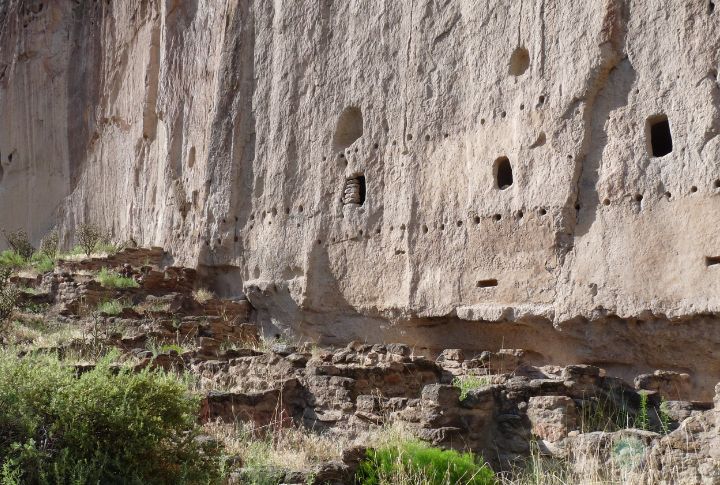
Residential spaces and food storage pits are among the remains of this village. These ruins help researchers better understand ancient social and economic systems. The foundational layout is visible and shows a community that valued structure and planning.
The Trail Of The Ancients

Winding across the terrain, this historic network connects sacred sites and ancestral ruins. Prehistoric people used these trails for communication and trade. Portions remain visible today, and they prove how deeply connected early communities were across the Bears Ears region.
Ruins At Indian Creek
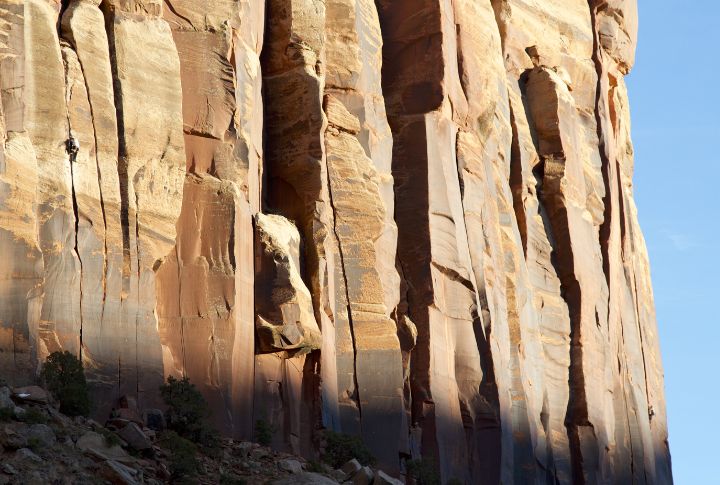
This area features complex dwellings and food-storage granaries, all built with highly skilled masonry. Artifacts point to long-distance trade networks, too. The layout and manual labor reflect a society with strong planning and a deep understanding of structure and space.
Mystical Indian Creek Petroglyphs
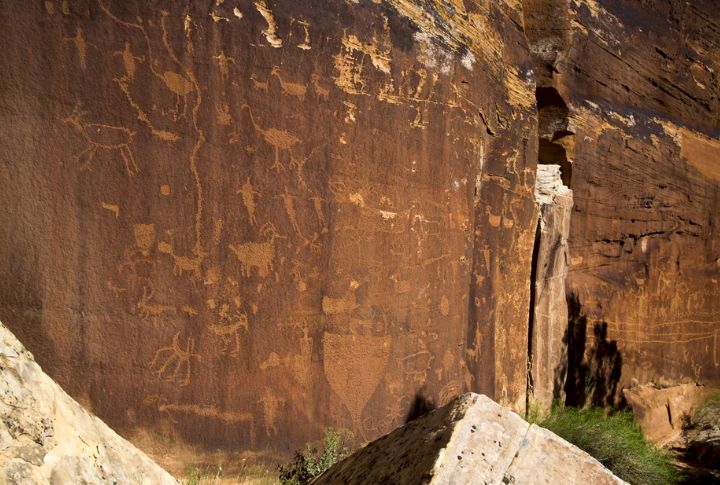
Thousands of ancestral Puebloan carvings stretch across these canyon walls, as ancient artists etched animals and various symbolic figures into stone over 1,000 years ago. The designs tell us about what early people valued and how they interpreted the world.


